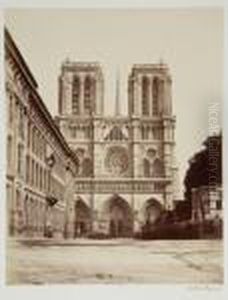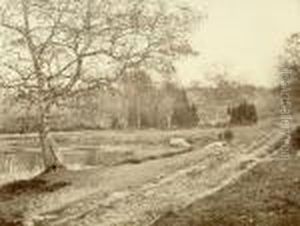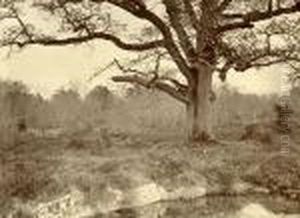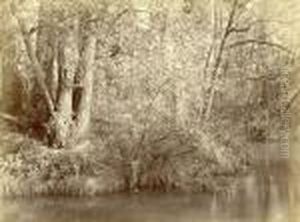Achille Quinet Paintings
Achille Quinet was a French photographer and engraver, born in 1831 and passing away in 1900. His career spanned a period of significant transformation in the arts and photography, making him an important figure in the transition from traditional engraving techniques to the innovative world of early photography. Quinet was not only a practitioner but also an experimenter in the burgeoning field of photography, exploring its potential for artistic expression and documentation.
Quinet's early life and training are reflective of the era's artistic milieu, where traditional arts such as painting and engraving were beginning to intersect with the technological advances of photography. He embraced these changes, integrating his skills as an engraver with his passion for photography. This unique combination allowed him to explore the textural possibilities of photographic prints, which was quite innovative at the time.
Throughout his career, Quinet was involved in various pioneering projects, including architectural photography and the photographic documentation of artworks, which was a novel concept at the time. His work in photographing artworks not only served as an important tool for art historians and scholars but also helped in the preservation and dissemination of cultural heritage. Quinet's photographs are noted for their clarity, attention to detail, and the ability to convey the texture and depth of the subjects, qualities that can be attributed to his engraving background.
Despite his contributions to the field of photography, Achille Quinet's name is not as widely recognized as some of his contemporaries. This oversight may be due in part to the rapid advancements in photography that soon overshadowed the early pioneers. However, his work remains an essential part of the history of photography, offering insights into the transitional period when artists and craftsmen were exploring the potentials of this new medium.
Quinet's legacy is preserved through his photographs and engravings, which continue to be studied by art historians and photography enthusiasts alike. His work provides a window into the 19th century's artistic and technological landscape, showcasing the evolution of visual representation and the early days of photography as an art form. Quinet died in 1900, but his contributions to the field of photography and the arts remain influential, marking him as a key figure in the development of photographic techniques and aesthetic principles.



